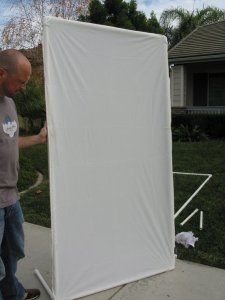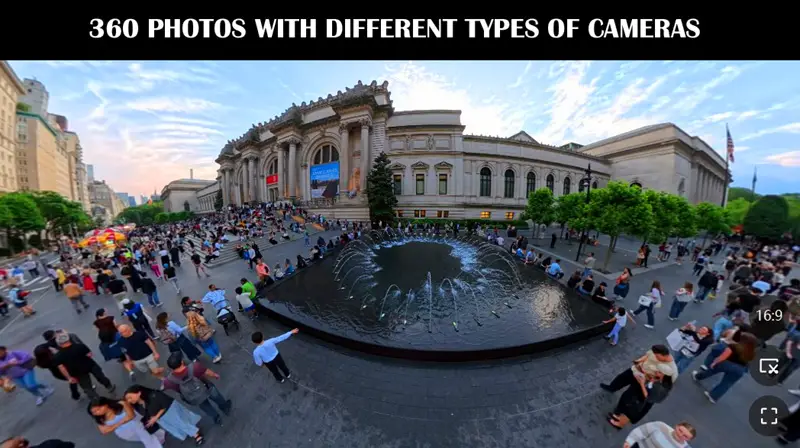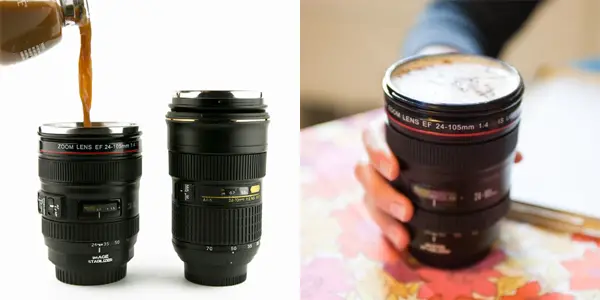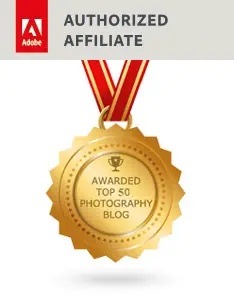I guess that by now you have managed to master the basic first steps of workflow set out in part 1 and so I give you, without further ado, part 2.
Post Processing. There are many different ways of doing post processing and a plethora of software to choose from to help get your photo editing just right. Which you use will depend on which operating your computer runs on and how much money you’re willing to part with. If you have a Mac it most likely came with iPhoto already on it which will let you do editing such as adjusting exposure, contrast, fill light, sharpness, red eye removal, retouching, cropping, straightening & adding special effects such as sepia. For Windows and Linux Google’s Picasa is a great piece of free software (it is also available for Mac users if iPhoto’s not your thing) that allows similar editing control. If you’re happy with this level of editing control the best thing to do is get into the habit of transferring your photos from your camera (or card reader) directly into Picasa or iPhoto and using them to do the organising and editing parts of your workflow.

 The ability to control the lighting in a location can be the difference between a batch of duds and keepers. Nice light is worth a fortune in lenses. Unfortunately, equipment for controlling light can cost a fortune. With that in mind, a friend of mine recently constructed two free-standing lighting panels out of very inexpensive but sturdy PVC pipe (which you can find at any home improvement store).
The ability to control the lighting in a location can be the difference between a batch of duds and keepers. Nice light is worth a fortune in lenses. Unfortunately, equipment for controlling light can cost a fortune. With that in mind, a friend of mine recently constructed two free-standing lighting panels out of very inexpensive but sturdy PVC pipe (which you can find at any home improvement store). “A portrait is a likeness.”
“A portrait is a likeness.” 







